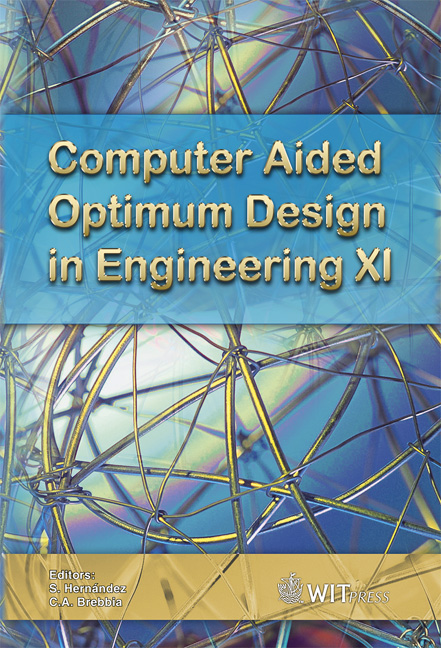Optimum Aerofoil Parameterization For Aerodynamic Design
Price
Free (open access)
Transaction
Volume
106
Pages
10
Page Range
197 - 206
Published
2009
Size
522 kb
Paper DOI
10.2495/OP090181
Copyright
WIT Press
Author(s)
R. W. Derksen & T. Rogalsky
Abstract
The numerical search for the optimum shape of an aerofoil is of great interest for aircraft and turbomachine designers. Unfortunately, this process is very computationally intense and can require a large number of individual flow field simulations resulting in very long CPU run times. One of the core issues that the designer must deal with is how to describe the shape of the airfoil. Clearly, we can not treat the profile on a point by point basis as the problem would have an infinite number of degrees of freedom. Hence the typical practice is to resort to using a series of curves, such as polynomials and Bezier curves, to describe the profile. This typically reduces the number of degrees of freedom to a much smaller, manageable number. The influence of the selection of the parameterization on the optimization has received relatively little consideration to date. We can anticipate that some parameterizations will be less suitable for describing the profile shape and may result in slower convergence times. Our paper will discuss a new airfoil parameterization, Bezier-PARSEC, that was developed to extend and improve the typical Bezier parameterization found in use. This parameterization was found to fit the known shape of a wide range of existing airfoil profiles as well as resulting in accelerated convergence for aerodynamic optimization using Differential Evolution. Our presentation will present the development and details of the Bezier-PARSEC parameterization and provide evidence that the parameterization is suitable and accelerates convergence. Keywords: aerodynamic optimization, airfoil parameterization, Bezier curves.
Keywords
aerodynamic optimization, airfoil parameterization, Bezier curves.





